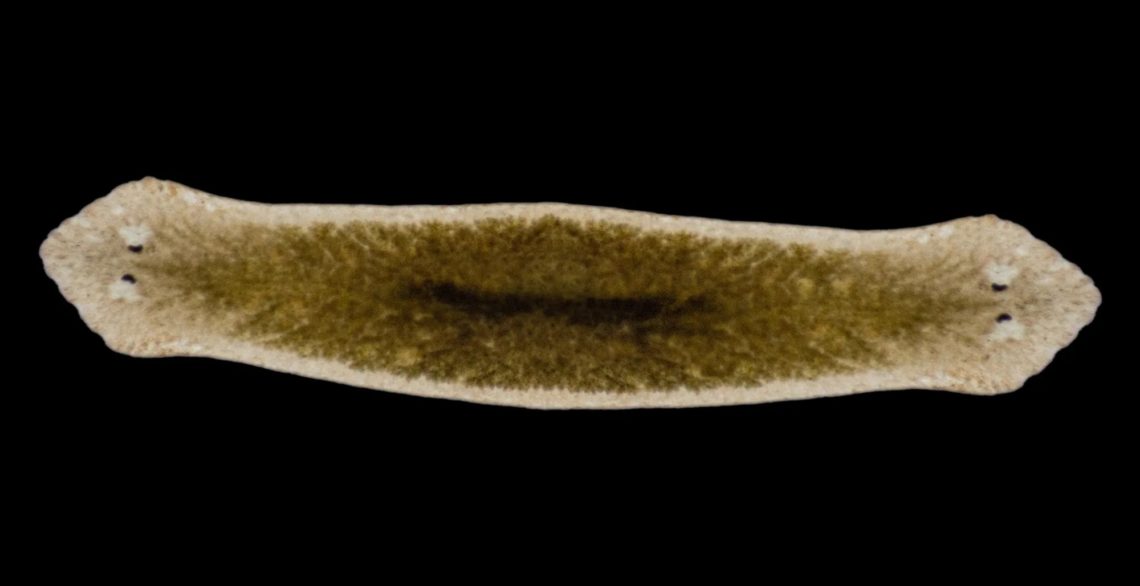Scientists studying Stenostomum brevipharyngium, a millimeter-long flatworm that reproduces asexually, found that it sometimes totally botches its own self-cloning process. Instead of creating a standard head on one end and a tail on the other, it will give itself to fully functioning heads on opposite ends.
What a freak show. What a horror. And just in time for any last-minute Halloween costumes.
Usually, these worms reproduce by paratomy: the worm stretches, grows a new midsection, and splits into two identical worms, each with a head and a tail. The whole process takes about four days and usually works out just fine.
But occasionally, a worm gets its wires crossed and, instead of forming a tail, grows a second head. The researchers call them “double-headed worms.”
This Two-Headed Worm Is Perfect for Halloween
According to details published in Proceedings of the Royal Society B, when scientists examined them closely, they found the extra heads weren’t malformed at all. They had proper brain structures, just reversed in polarity, like a mirror image.
The team discovered that the worms lacked all the tail cell types typically found in healthy individuals, confirming that these creatures weren’t growing duplicate bodies, just extra heads where tails should be.
Even stranger, these double-headed worms weren’t doomed to a life of anguish and torment. Some reproduced normally, producing regular head-to-tail offspring. Others even regrew tails where one of their heads used to be.
The ability to flip their body axis and still survive is almost unheard of among bilaterians, the massive group of animals (including humans) with defined fronts and backs. I guess that shouldn’t be a surprise, considering that flatworms are going to play a key role if we ever figure out how to regrow limbs.
Yet, it’s still wild that S. brevipharyngium can turn itself into a one-man freak show and live to tell the tale. They shattered the blueprint of their own biology and took it in stride, brushing off an incredible, if somewhat horrific, feat as just another day in the life of a flatworm.
The post This Freaky Worm Can Clone Itself—and Sometimes Grows 2 Heads appeared first on VICE.




